In Part 1 of the Ground Reality series, we looked at how migrant workers who came to Bengaluru to be bread winners, fell back on their families to survive the lockdown. In Part 2, we see that hunger was a stark reality for many, all through the lockdown.
Bengaluru eats moderately well. Well, at least it used to.
According to a 2019 study on household food consumption practices by the Indian Institute of Human Settlements (IIHS), only 17% of households in the city were identified to be food insecure.
This includes 13% that is severely food insecure. But overall, the survey, which covered 1,700 households in 40 (of 198) randomly-selected wards across the city, “found very low levels of food insecurity in Bangalore in terms of the availability and accessibility of food.”
“Extremely low rates of people worrying about not having enough food, not eating preferred foods, eating fewer and smaller meals, having no food in the house, and going hungry” – IIHS Survey, 2019
A year later, things changed drastically for a considerable number of the city’s 1.2 crore inhabitants. As the Covid-19 pandemic prompted a nationwide lockdown through April and May and left large sections of the poor without livelihoods, issues of affordability as well as availability of food became starkly visible.
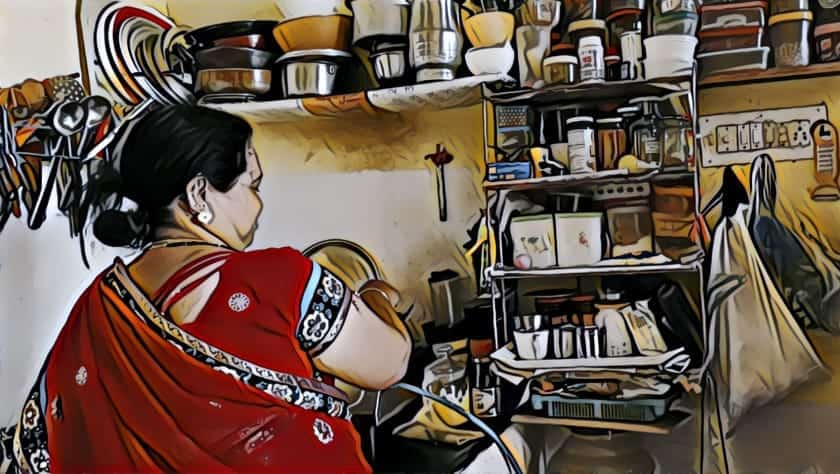
Surveys have revealed that informal workers, gig economy workers, daily wage earners, street vendors and migrants were the hardest hit, and that their loss of livelihood had resulted in severe cash crunch and reduced food intake.
Although the government’s public distribution system remained a life-line for many BPL families, the absence of its universalisation left those without ration cards — mostly migrant workers — outside its purview.
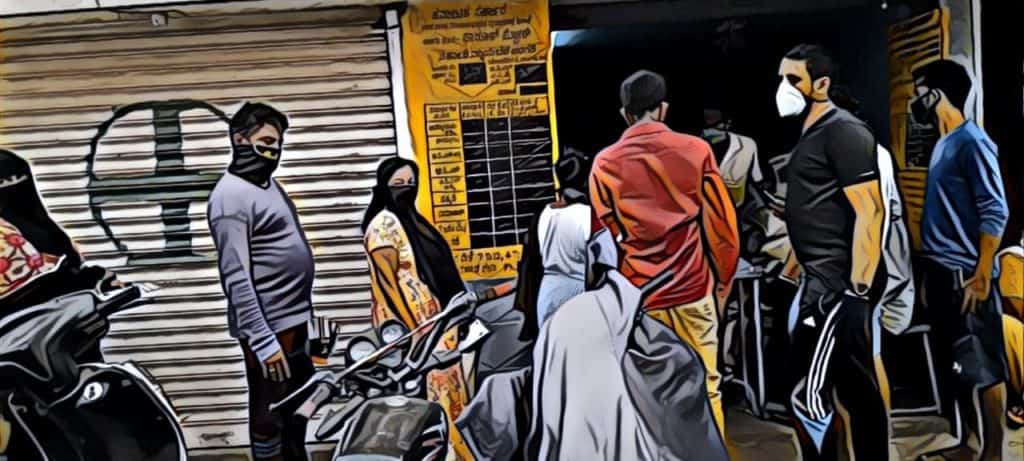
A week into the lockdown, the state government announced a free meal service to the poor through its Indira Canteens. Less than a week later, the government called off the scheme citing misuse.
The needy were forced to depend on meals and rations provided through the philanthropic efforts of private individuals. Clearly, many of the most vulnerable people were out of the reach of even philanthropy. They remained hungry.
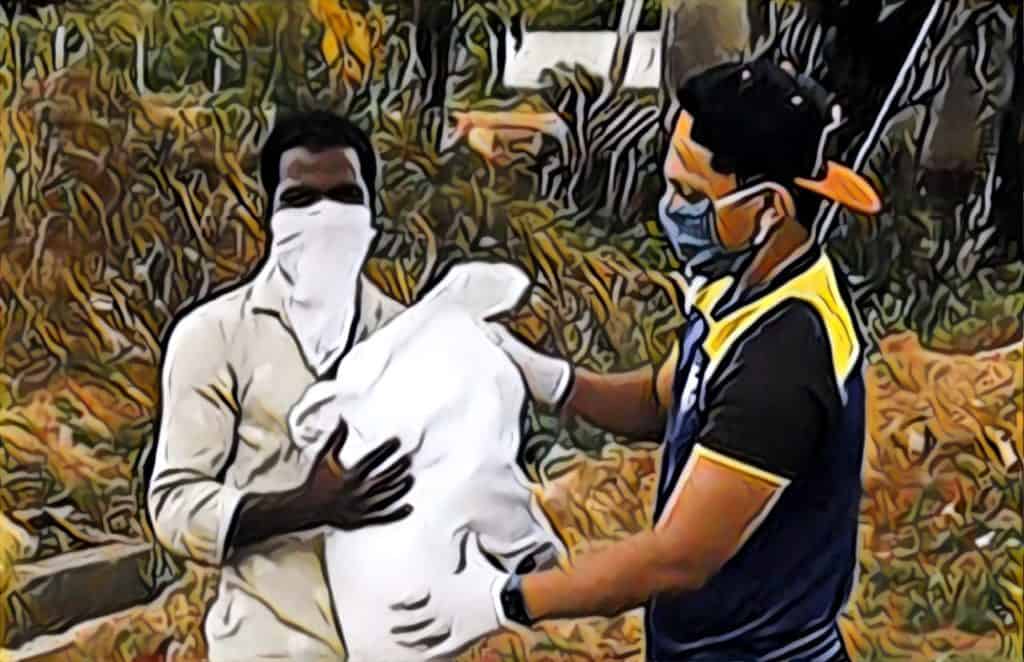
Anecdotal evidence we collected through telephonic interviews during this time, detailed several experiences of deprivation. Many respondents were unsure of where their next meal would come from. They went to sleep hungry after calling unresponsive helplines. Some spoke of eating one meal a day for several days.
Helplines, if at all, responded weeks later. While free ration at PDS shops remained elusive for migrants, others who managed to get it said the quality was inferior.
The closing of schools during the lockdown took away one free meal that government school children were entitled to, under the mid-day meal scheme. And, as children from most poor households go to government schools, families had to provide for extra food.
The mid-day meal and the glass of milk her two children would get at school was a boon to Lakshmi, a domestic worker. After the lockdown, she found it difficult to match the same standards. With both kids at home all the time, both the frequency and quantity of meals increased. “But my children understand the difficulties that we are going through. Sometimes all of us slept with hungry bellies,” she said.
A single parent, Ganga, 36, ensured that her 12-year old son got a packet of biscuits worth Rs. 5 whenever he craved a snack. Beyond that, she could not afford anything. “Although my son never throws a tantrum, I feel guilty for expecting him to sacrifice (even) small things, especially his favourite food,” she said.
“It is difficult to make children understand the complexity of the lockdown, the unemployment and our limited resources,” said Ganga who drives an autorickshaw for a living.
Husk and impurities in the ration distributed through the PDS added to Ganga’s woes.
“If only the quality of the food and supplies provided by the PDS was good, we could safely consume them. But neither the quality of food nor the supply is consistent,” she said. The PDS gave her 5 kg of rice, a kilogram of dal, sufficient for an entire month. There was no space in her little dwelling to even store it, said Ganga, who lives in Mahalakshmi Layout.
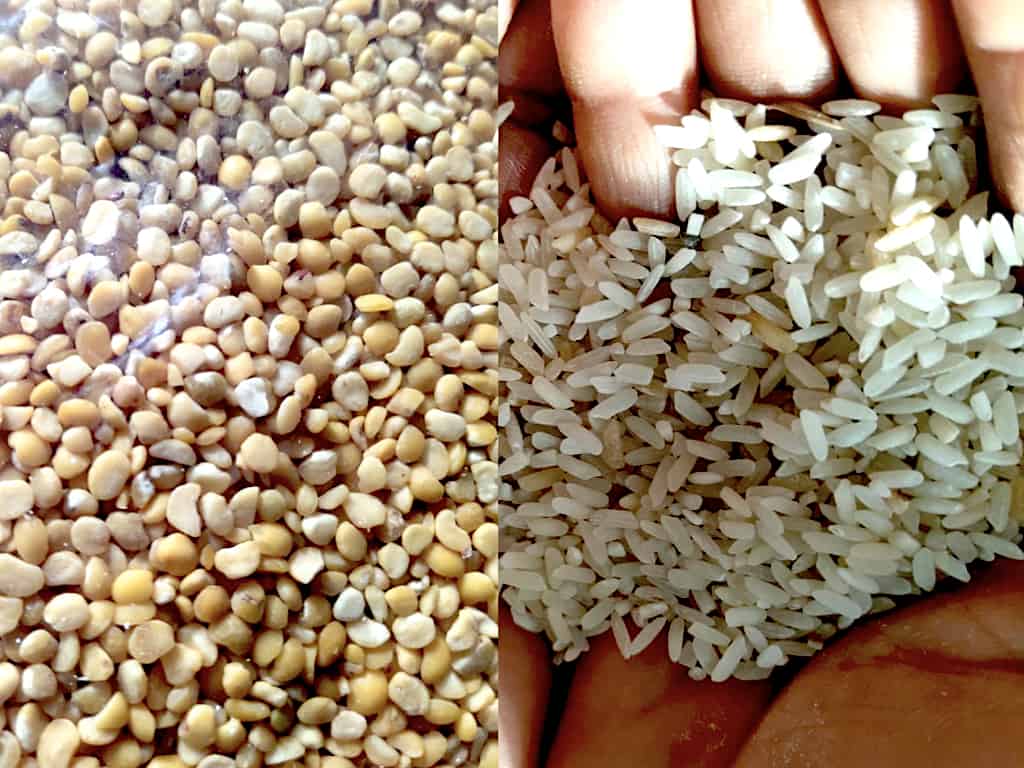
Those who received rations like rice, pulses, wheat — and vegetables in some cases — did not have the wherewithal to cook them into a meal. For some others, these foods did not even constitute their daily diets.
For Deepa, a native of Kolar, whose family of four is accustomed to eating ragi and rice, the toor dal given by the PDS store made little sense. Although even basic food has become unfamiliar and tasteless, they cannot afford to buy what they want.
“Everybody at home is frustrated eating the same food. Until we start earning we have to survive on rice and tomato rasam. Till it is available we can survive; after that we don’t know what to do,” Deepa, a domestic help, said.
There are unlucky ones like Sohel SK who struggled even for free ration. “We stood in the line, but did not get anything,” said this migrant labourer from West Bengal who lives near Sarjapura Road: “People here are very poor and so, when volunteers came to distribute ration, it all got over very quickly.” He finally received 5 kg of rice and 2 kg of wheat, thanks to relief organised by the local mosque.
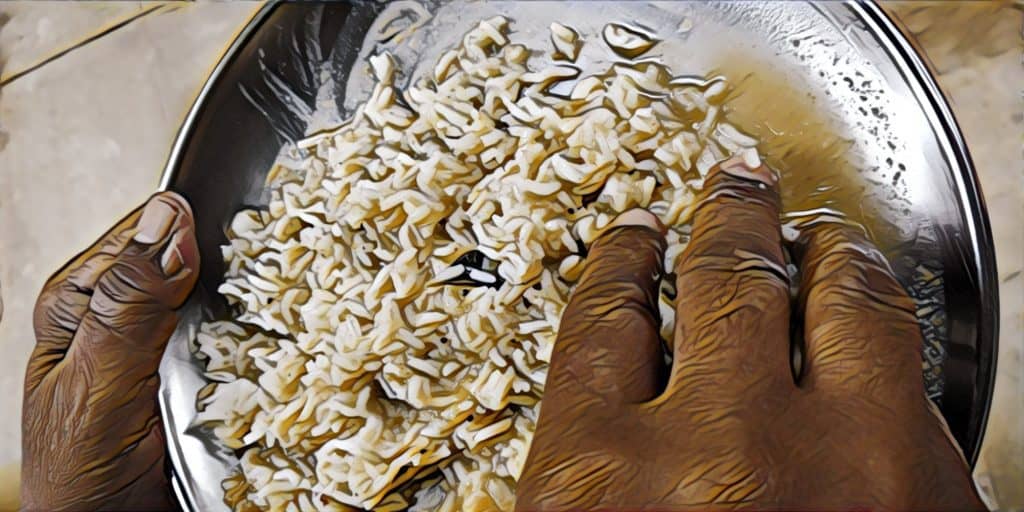
Respondents said that without spices and ingredients like sugar, chilli powder and salt, rations they received were meaningless. “How can we eat food without even basic taste?” asked Krishna, a cab driver.
To add to their woes, shelves of retail shops had been wiped clean of spices — at least the affordable ones — thanks to hoarders. “We are either to consume food without spices, or buy the premium ones which we cannot anyway afford,” he said.
The government’s announcement of free rations had its own pitfalls. Krishna’s employer conveniently washed his hands off any responsibility, financial or otherwise. “Employers feel that government support is doing more than enough. So, they are not interested in supporting us anymore,” he said.
The nearest Indira Canteen was too far for Govinda, a flower seller from Uttar Pradesh’s Unnao district, who food relief was limited to receiving lemon rice — food he is not accustomed to — a couple of times during the lockdown. He recalled bitterly how his dignity was questioned when he tried to claim a packet of free milk that was being distributed by volunteers.
“He wanted a photograph of me accepting the milk packet. I returned it as I didn’t feel like giving my photo to have them validate their philanthropy for a mere Rs 10-15. Had it been something substantial like Rs 1000-2000 worth of ration or cash assistance, I would have obliged. We have more dignity than this,” said Govinda.
For Manjunath, a 54-year-old auto driver who lives in Vijayanagar, skipping one meal a day was better than going to the Indira canteen or standing in a PDS queue.
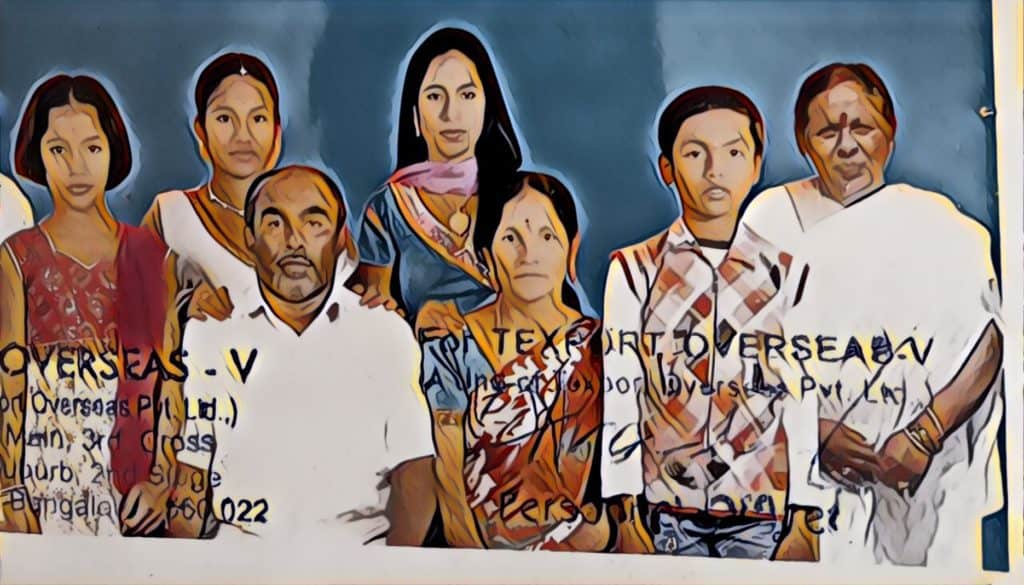
“We are caught in a dichotomy. Being in the city, we have considered ourselves middle-class so far. Now, going to the Indira Canteen — meant for the most underprivileged section – is something unacceptable. So, we are borrowing from whoever we can. Beyond that, we would rather suffer silently,” said Manjunath.
The real extent of food insecurity — and ominously, hunger — remains masked in plain sight, in the anonymity of city life. This, coupled with the absence of data among government departments like the BBMP and the labour dept failed to identify the extent of the crisis, let alone tackle it.
This article was part of the Ground Reality series that looked at the impact of the Covid-19 lockdown on informal sector workers. This project was supported by IIM Bangalore.
It’s sad that an IIM is funding a study which depends only on few selected interviews, without any scintific survey data . This is a biased report . If two authors contact me , I can provide same number of migrant families who are happy . Don’t use plight of migrant workers to push your agenda . I have gone through the APU university survey in detail . It’s depends on the data of those who have contacted their help line. It’s not 360 degree. Please be realistic without any leanings if you really want to be voice of citizens .
This was not an empirical study but an ethnographic one. It was carried out among 30 low-income informal workers in Bengaluru. Interviews were carried out over telephone due to restrictions during the lockdown. Questions were designed to understand the lockdown’s effect on their livelihood and money, food security, health-hygiene and information-awareness. Their personal accounts, bunched under the said topics, were meant to describe the nature of their reality.
– Editor